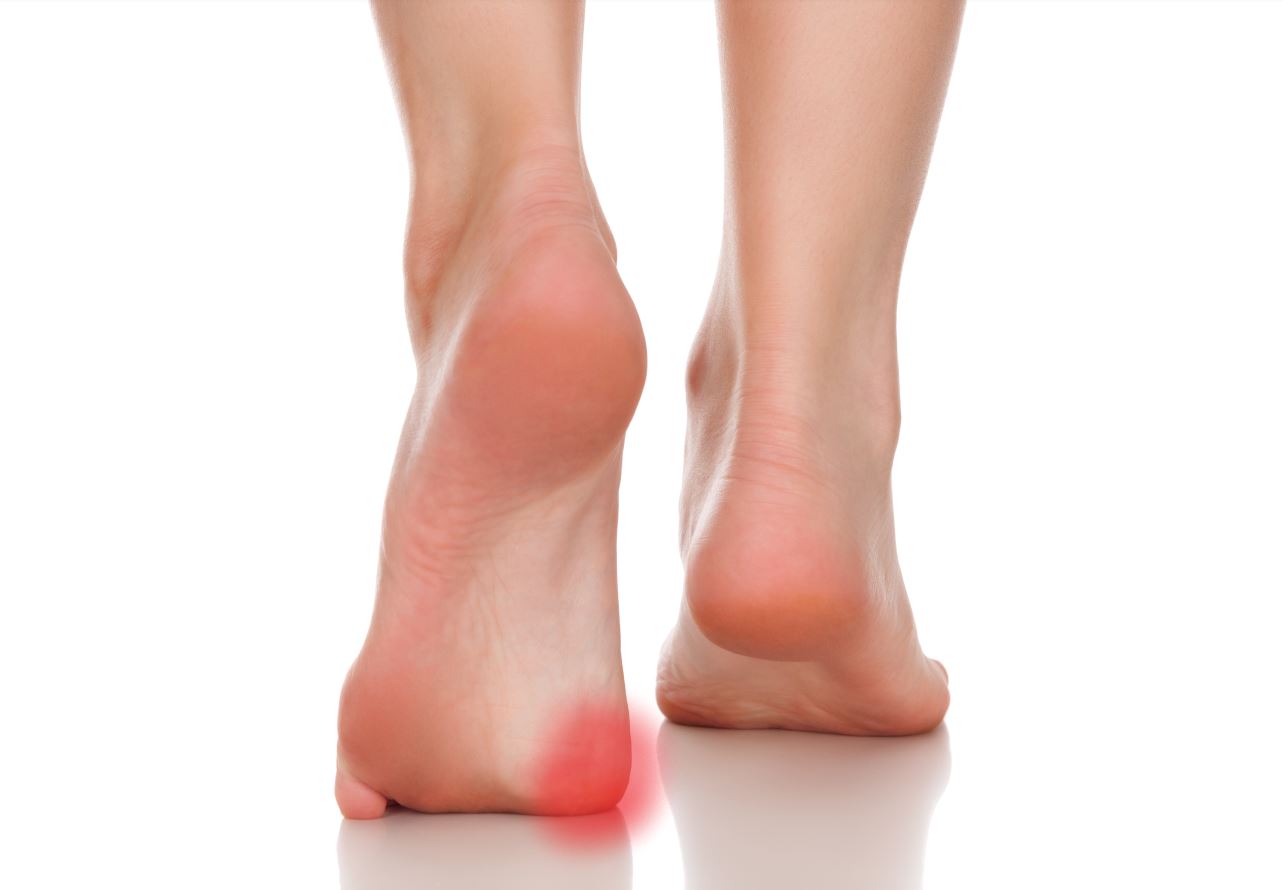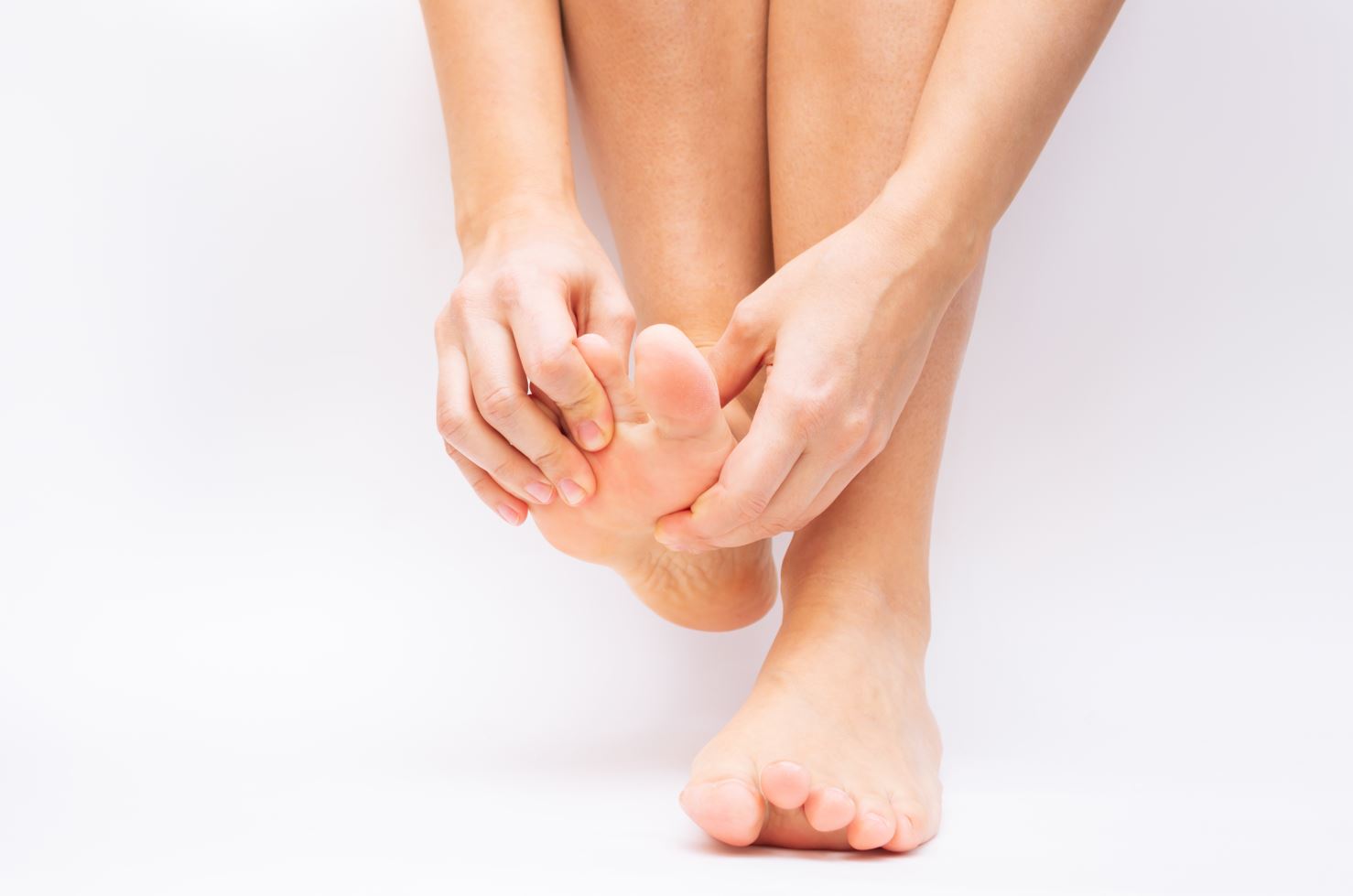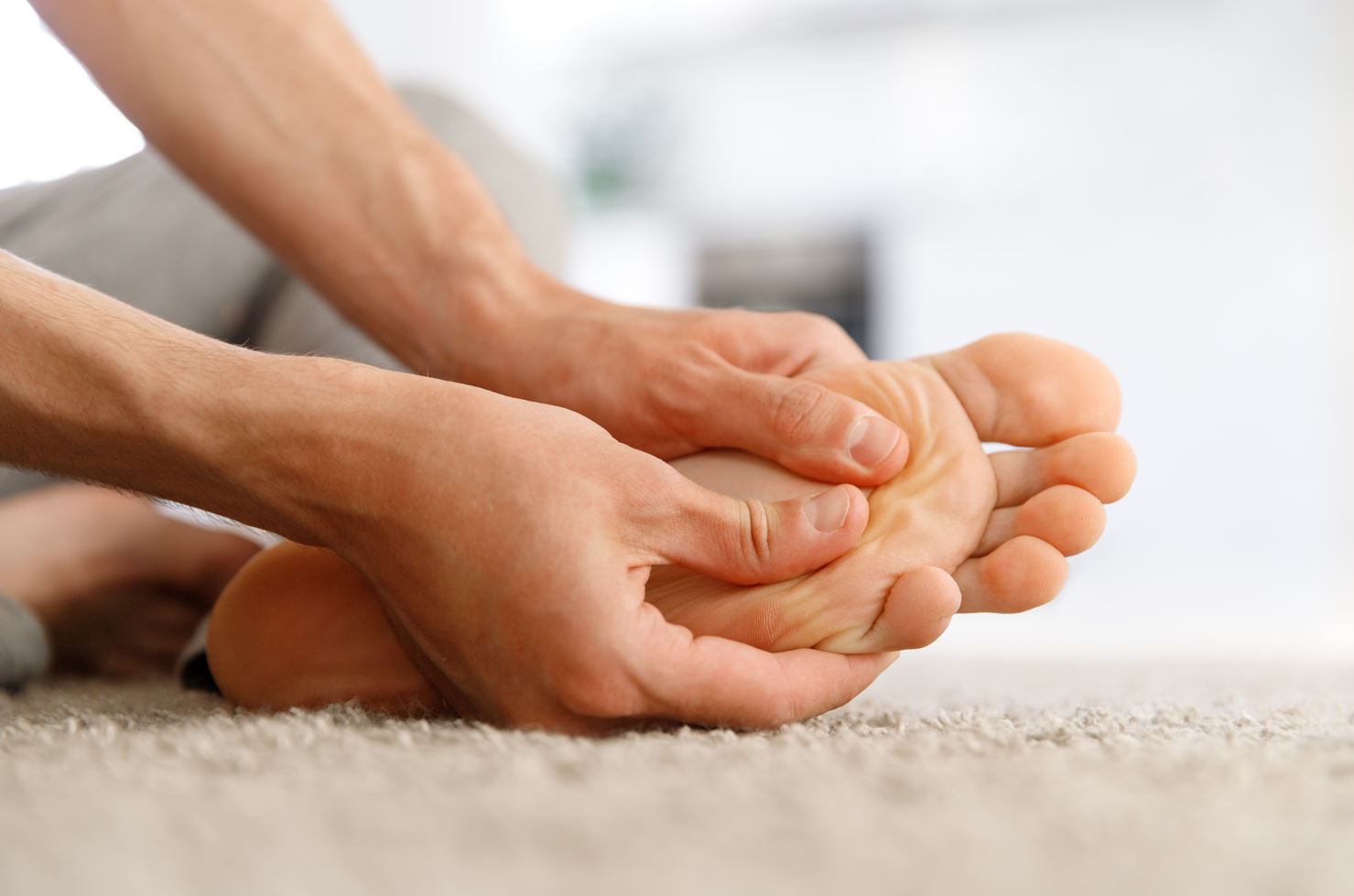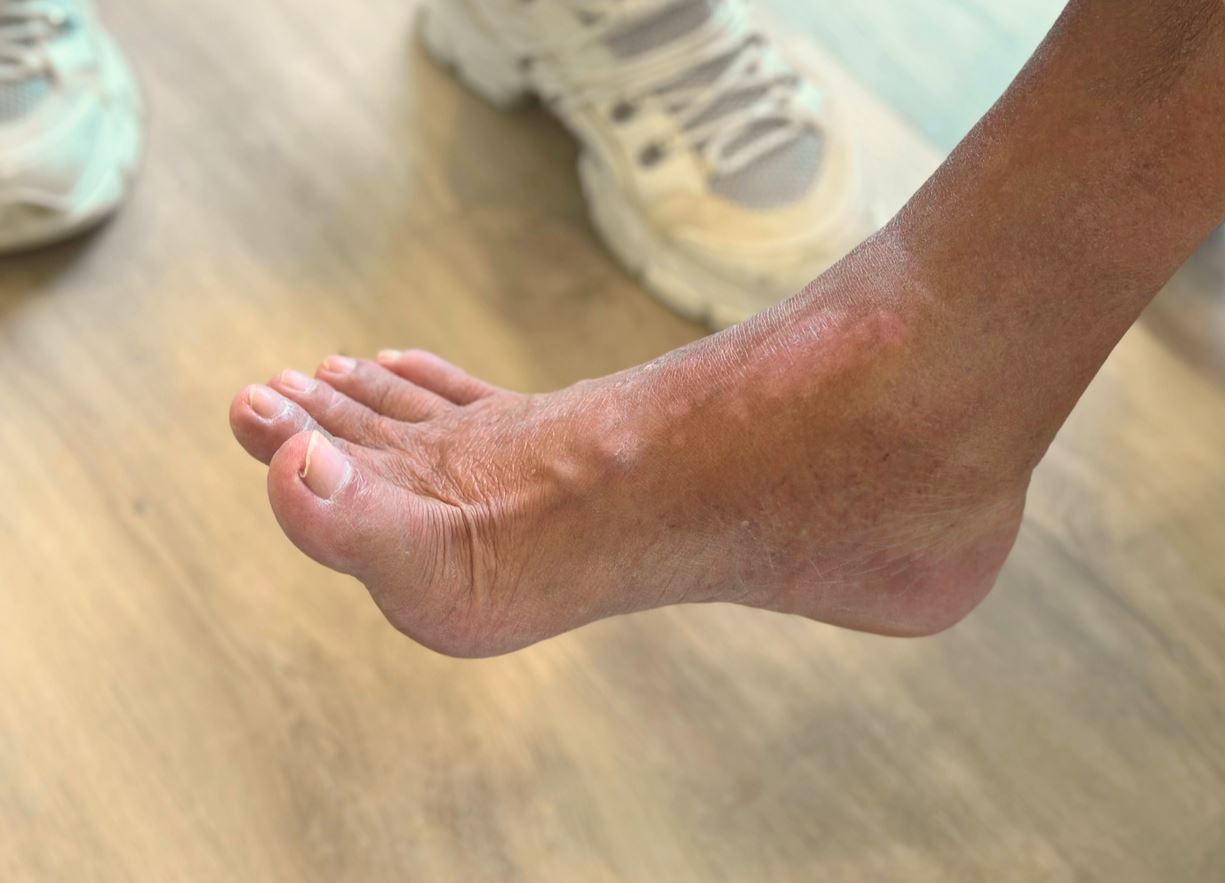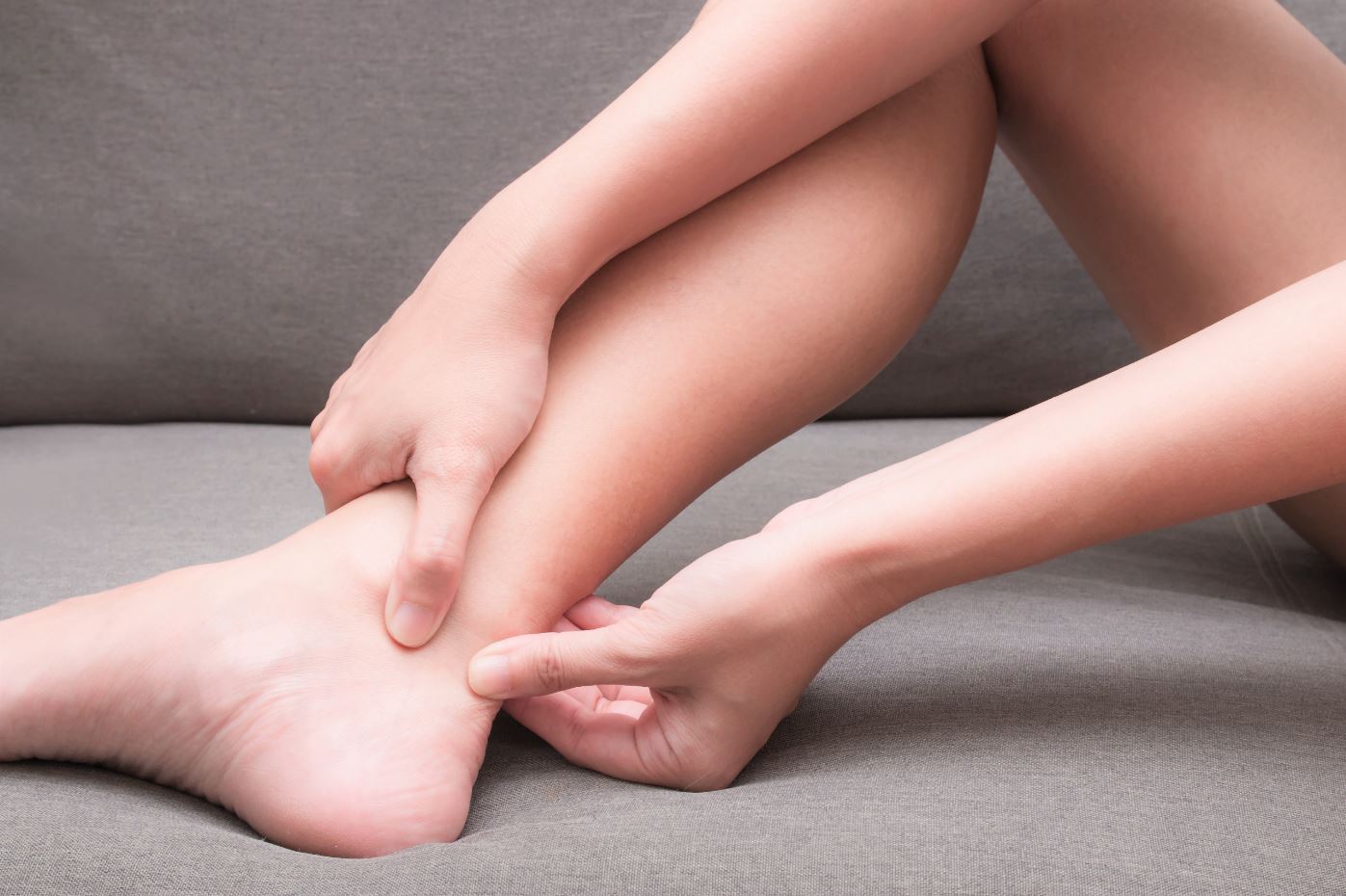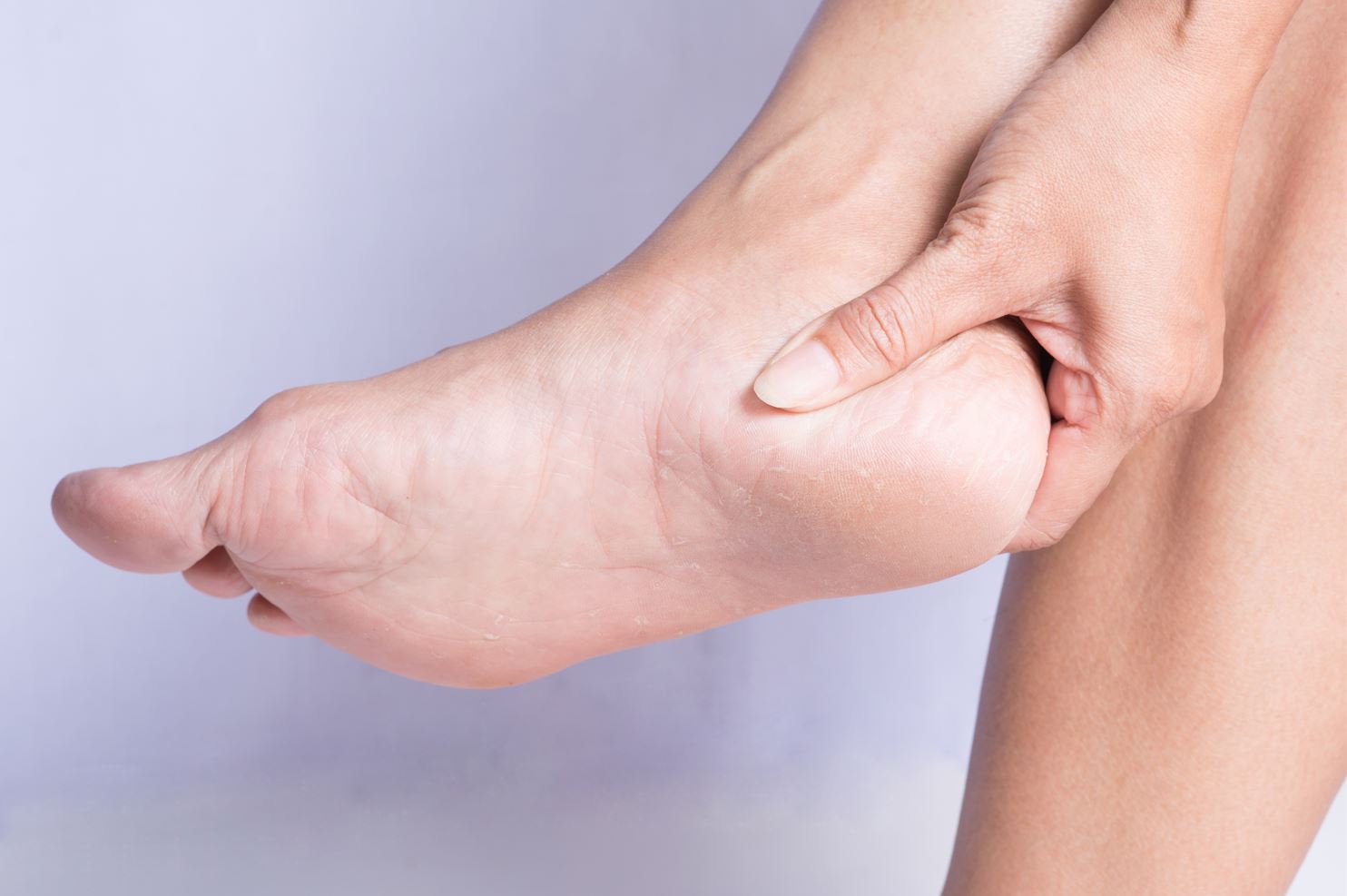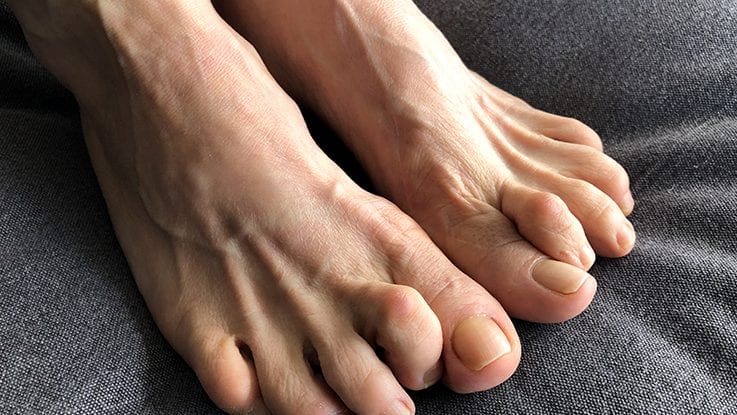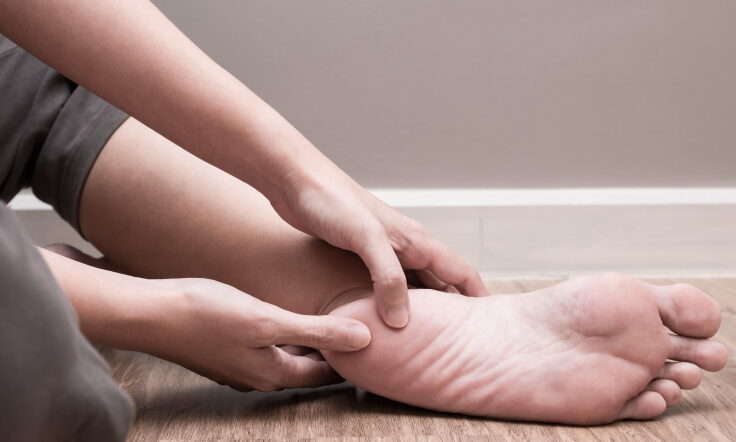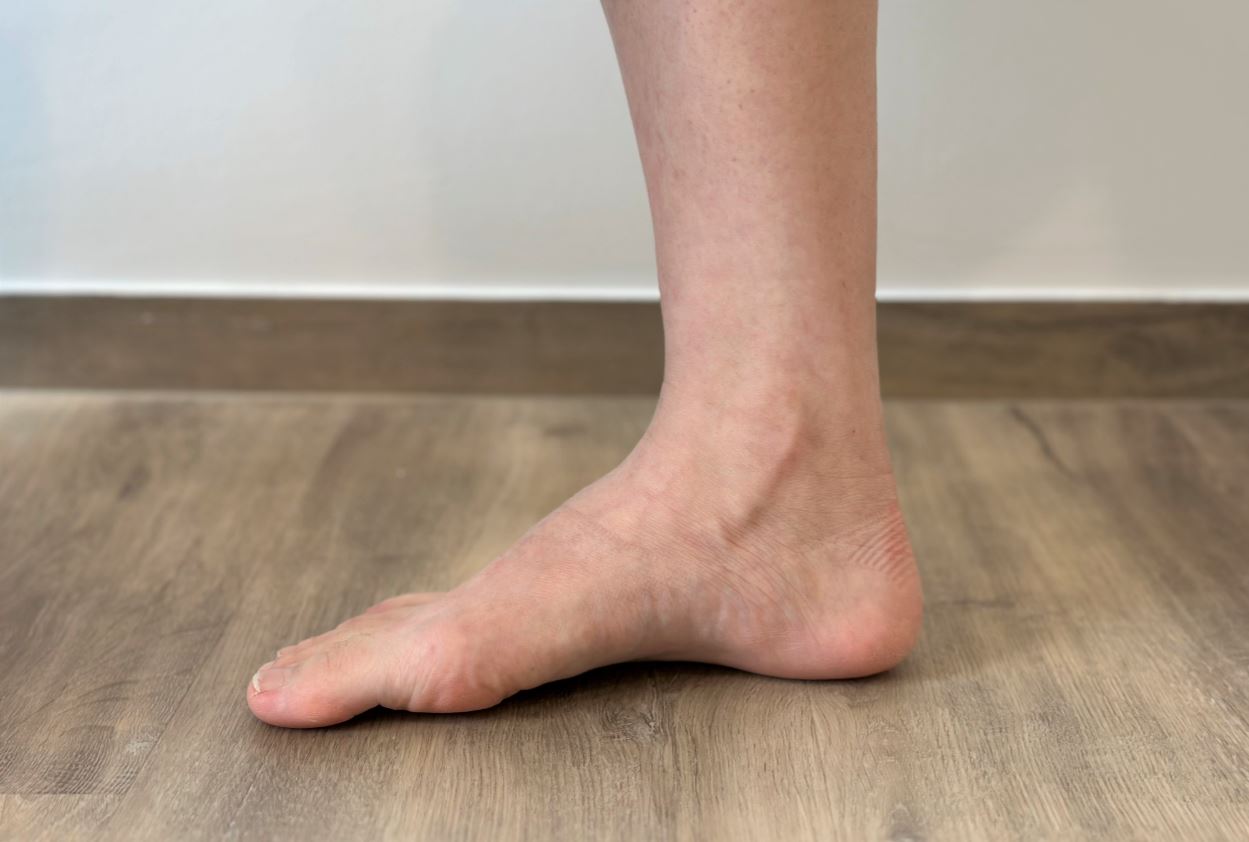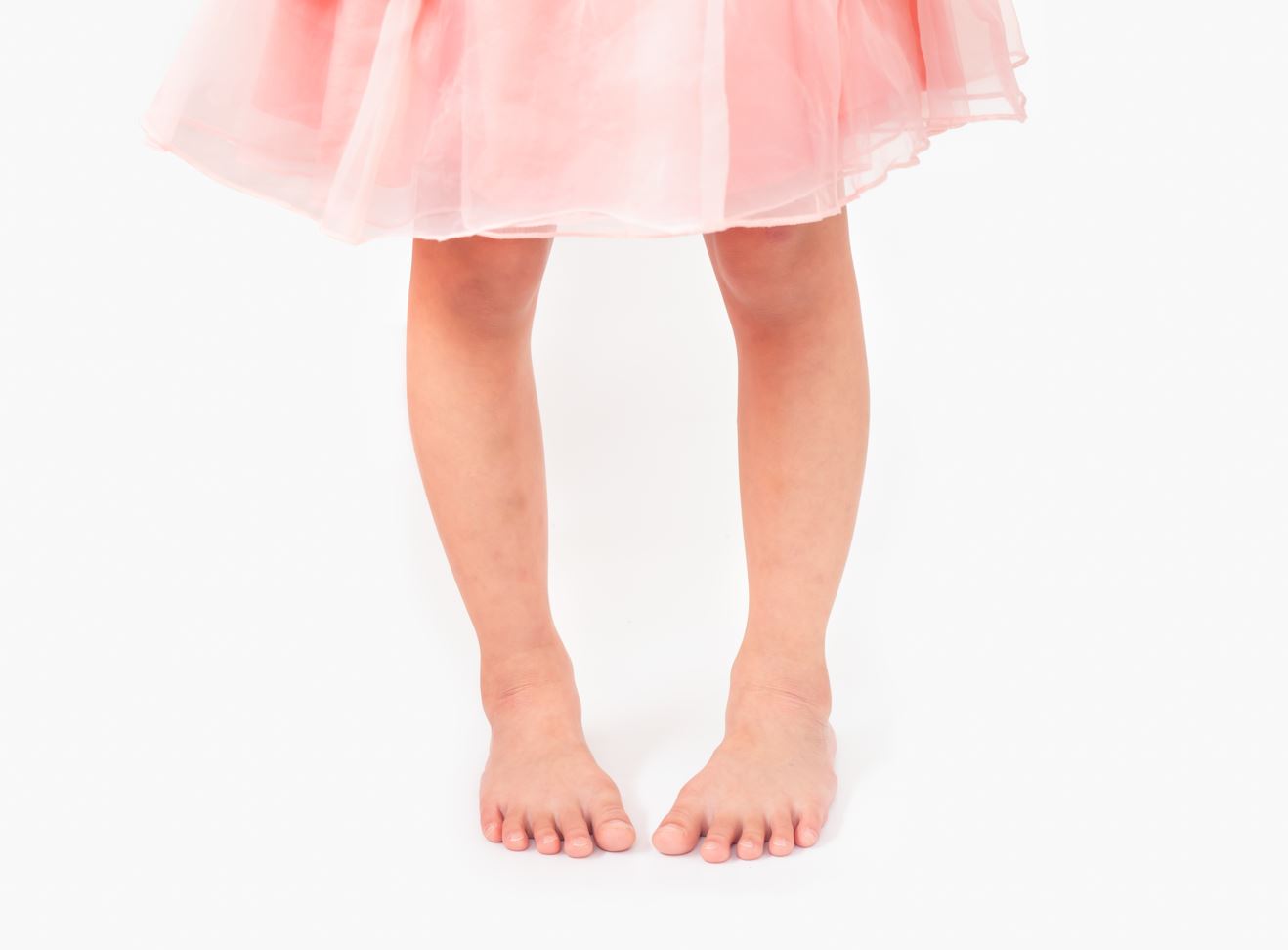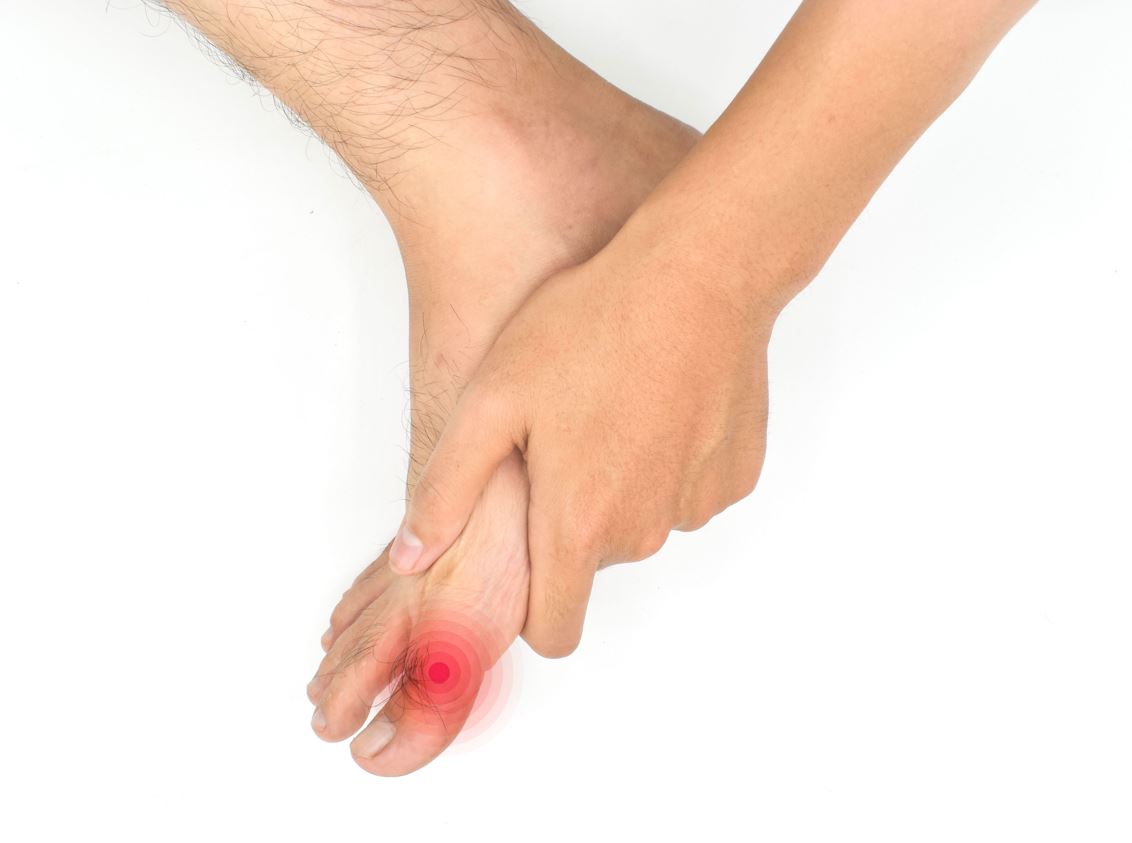
Hallux Rigidus
Hallux rigidus is the condition that causes stiffness and reduced range of motion of the big toe joint. Patients with this condition will have difficulty trying to bend the big toe and often experience pain at the big toe joint when walking or doing physical activity.
Theoretically, we need a minimum of 65 degrees of extension (bending upwards) of the big toe for normal gait patterns. Restriction at the big toe joint affects our propulsion significantly and causes problems to other parts of the foot.

